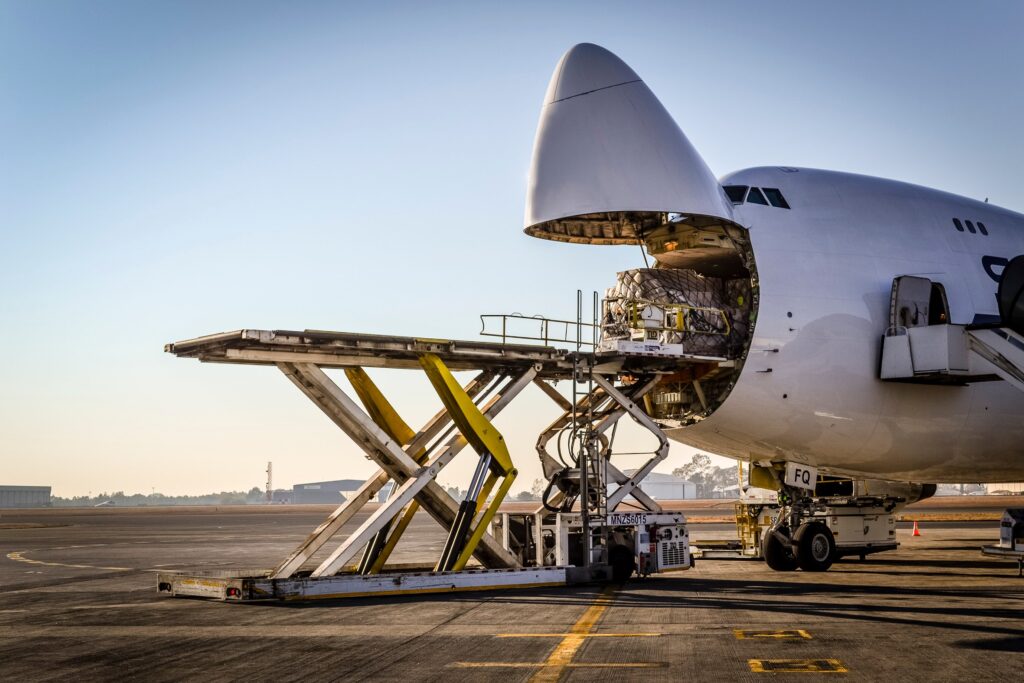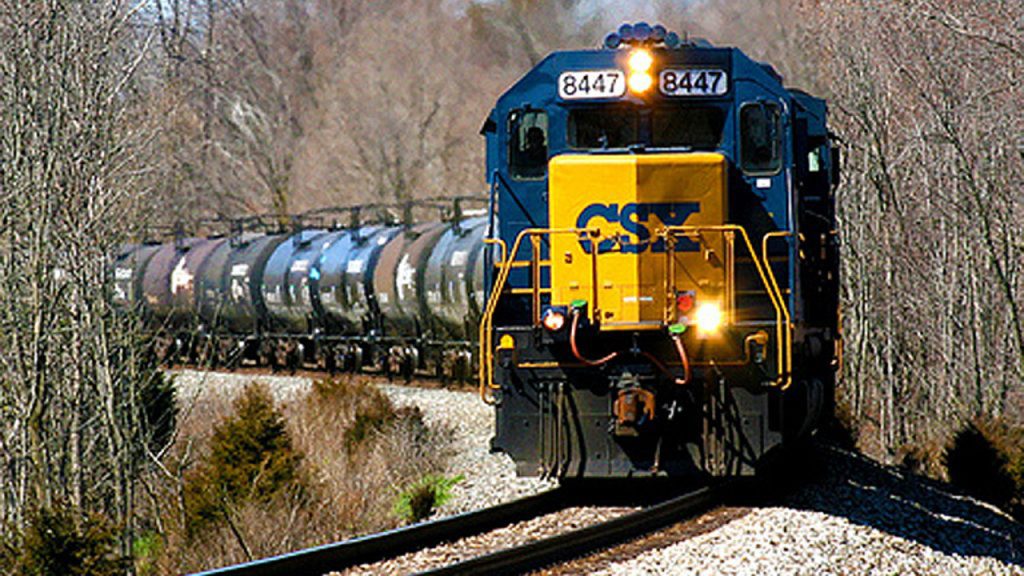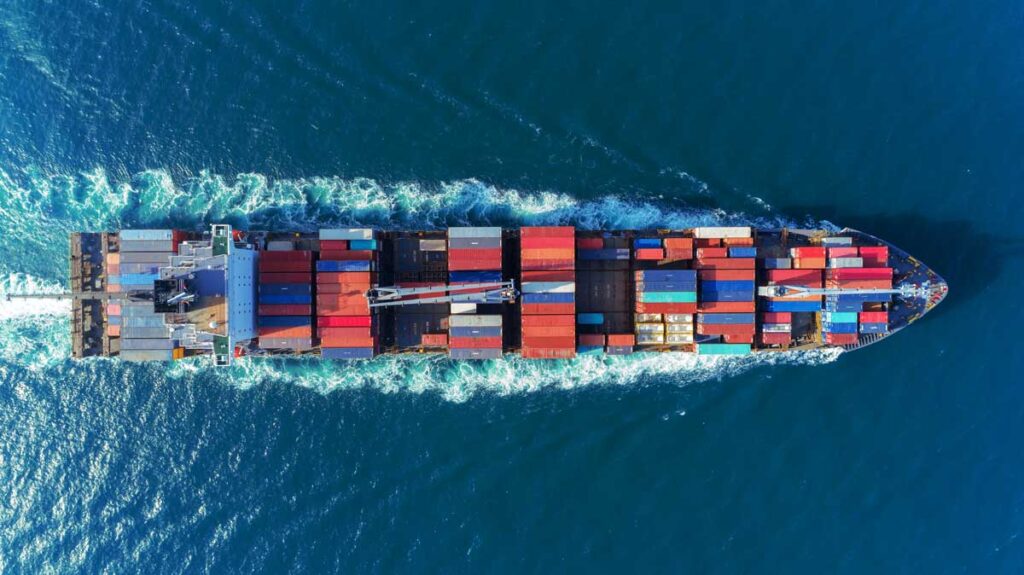- By Della tj
- October 9, 2025
- Sea Freight, Shipping
Exporting heavy machinery across the Pacific can be complex. The machinery sea freight China to USA route is often the most cost-efficient option, yet importers must balance transit time, shipping costs, customs procedures, and risk. In this guide, you’ll discover best practices, container pricing, comparison with other methods, and real-world case studies to ensure smooth logistics.
Why Choose Sea Freight for Machinery from China to USA?
Shipping large industrial equipment by ocean enables substantial cost savings compared to air freight. Moreover, sea freight handles oversized, heavy, and bulky loads more easily. Although transit times are longer, with careful planning you can optimize delivery schedules, reduce per-unit shipping costs, and integrate machinery into your supply chain more predictably. Logistics trends increasingly favor multimodal sea routes with optimized port handling and inland distribution.
What Are the Transit Times & Routes for Machinery Sea Freight China to USA?
Transit time depends on origin port, destination port, service type (direct vs transshipment), season, and port congestion. According to Maersk, typical sea freight transit ranges from 20 to 45 days for major ocean routes.
From China to the U.S., common transit times are:
- West Coast (e.g. Los Angeles / Long Beach): ~15–25 days
- East Coast (e.g. New York / Savannah): ~25–35+ days (including transshipment)
- Gulf / Central U.S. (via intermodal): add inland trucking or rail 3–7 days more
To illustrate:
| Origin Port | Destination Port | Transit Time (sea) | Notes |
|---|---|---|---|
| Shanghai → Los Angeles | LA / Long Beach | 18–22 days | direct service common |
| Shenzhen → Oakland | West Coast | 17–23 days | deep-port alternative |
| Ningbo → New York | East Coast | 25–32 days | often via hub/transshipment |
| Qingdao → Savannah | U.S. Southeast | 28–35 days | includes intermodal routing |
Thus, if your machinery is time-sensitive, factor in buffer days for port handling and customs clearance.
How Much Does Machinery Sea Freight Cost China to USA?
Costs vary greatly due to equipment size, weight, container type, origin and destination ports, and additional handling needs.
3.1 Container & Cargo Pricing
| Container Type / Load | Typical Cost (USD) | Comments |
|---|---|---|
| 20-foot (FCL) | $2,150 – $3,550 | Basic ocean freight excluding inland and surcharges |
| 40-foot (FCL) | $2,650 – $5,500 | For larger machinery or modular units |
| LCL (per m³ or per kg) | ~$1.00 / kg or $100–$300 / m³ | When machinery is small or disassembled |
| Oversized / Flat Rack / Open Top | +$2,000 to $3,000 premium | For parts exceeding container dimensions |
For example, shipping a 40′ container from China to U.S. West Coast might cost around $3,500 (port-to-port), while to East Coast a 40′ container may run $5,000+. Add to that handling, customs, inland, insurance, and surcharges.
3.2 Other Cost Factors
Terminal handling charges (THC), documentation fees, customs broker fees — $100 to $500 per container
Fuel surcharges & Bunker Adjustment Factor (BAF)
Cargo insurance (0.5%–2% of machinery value)
Inland transport (truck/rail) from port to final site
Customs duties & taxes based on HS codes and valuation
Hence, for a heavy machinery 40′ container, door-to-door cost might reach $5,000–$8,000 or more depending on variables.
What Documents & Compliance Are Required for Machinery Import?
When shipping machinery from China to the U.S., you must satisfy customs and regulatory requirements. Here’s a checklist:
| Document | Purpose | Applicability |
|---|---|---|
| Commercial Invoice | Declares machinery value, description, HS codes | Always |
| Packing List | Details dimensions, weights, packing method | Always |
| Bill of Lading (B/L) | Title of goods, contract with carrier | Sea freight |
| Certificate of Origin | Verifies origin for duty / trade agreements | Possibly relevant |
| Import/Export Licenses or Approvals | For regulated machinery (e.g. agricultural, environmental) | When required |
| Export Declaration / China’s CIQ | Chinese export clearance | All shipments |
| U.S. Customs Documents (Entry, ISF) | Entry filing, import security filing | Required for U.S. import |
| Insurance Certificate | Proof of coverage during transit | Recommended |
In addition, compliance with U.S. agencies (e.g., EPA, OSHA, FDA, depending on the machinery nature) may be required. Errors or missing paperwork can lead to delays, detention, or fines.
Which Shipping Method Alternatives Exist & Their Pros/Cons?
While sea freight is the default for machinery, you should consider other modes or hybrid options.
| Mode | Transit Time | Cost Level | Pros | Cons |
|---|---|---|---|---|
| Air Freight | 5–10 days | Very high | Very fast, reliable for urgent parts | Not feasible for heavy machinery, extremely high cost |
| Rail / Intermodal (via China → Canada/Mexico → USA) | 15–25 days (with sea-rail combo) | Medium–high | Faster than sea + some overland flexibility | Requires multimodal coordination |
| Sea Freight | 15–45 days | Lowest for bulk | Best for heavy, bulky equipment | Longer transit, port delays |
| Sea + Air (multimodal) | 20–30 days | Mid | Sea for bulk + air for critical parts | More complexity, handoffs |
In practice, you might ship core machinery sea freight and urgent spare parts by air. That hybrid strategy optimizes cost vs. speed.
How to Choose the Right Port Pairings & Routing
Selecting optimal origin and destination ports can influence cost and transit time.
6.1 Origin Ports in China
Major ports like Shanghai, Shenzhen, Ningbo, Qingdao, Xiamen offer many vessel sailings and infrastructure advantages. If your factory location is inland, inland trucking or rail to these ports factors into cost.
6.2 U.S. Destination Ports
- West Coast (Los Angeles, Long Beach, Oakland, Seattle): often lower ocean transit, easier for western U.S. distribution.
- East Coast (New York, Savannah, Norfolk): longer sea time but closer to eastern U.S. markets.
- Gulf & Central (Houston, New Orleans): good for central U.S., but may require feeder services or canal routing.
6.3 Routing & Transshipment
Some services are direct sailings; others are hub-and-spoke with transshipment at intermediate ports (e.g. in Panama, Singapore, or via Asia). Transshipment adds handling time and risk but may lower cost.

Real Case Studies: Machinery Sea Freight from China to USA
Case A: Shanghai → Los Angeles (Injection Molding Machine)
- Equipment: 1 unit, 10 tons, crated
- Mode: Sea freight, 40′ FCL
- Transit Time: 20 days port-to-port
- Cost: ~$3,500 ocean freight + $1,000 inland & handling
- Outcome: Arrived on schedule, customs cleared in 2 days
Case B: Shenzhen → Savannah (Printing Press)
- Equipment: 2 modules, 18 tons total
- Mode: Sea freight (via transshipment at Panama)
- Transit Time: 28 days
- Cost: ~$5,800 (including customs, inland delivery)
- Outcome: Delivered to warehouse in Georgia, slight delay in inland rail
How to Optimize Costs & Minimize Delays
To make your machinery sea freight more efficient and cost-effective, adopt these best practices:
- Consolidate multiple machines to full container loads (FCL)
- Use proper packaging, skidding, and securing to avoid damage
- Negotiate long-term contracts with carriers for favorable rates
- Pre-clear customs paperwork and file ISF early
- Choose frequent port pairs and avoid obscure ports
- Use local U.S. agents experienced in machinery clearance
- Insure your goods to minimize risk during transit
- Time shipments to avoid peak congestion seasons
Additionally, staying abreast of logistics trends such as digital tracking, AI-driven route optimization, and port automation can yield incremental improvements in lead time and cost.
Frequently Encountered Risks & How to Mitigate
- Port congestion & delays — mitigate by using alternate ports or booking earlier.
- Damage to machinery — mitigate with robust packaging, securing, and insurance.
- Customs rejection — mitigate with correct HS codes, licenses, and documentation.
- Transshipment damage or loss — limit handoffs and choose fewer legs.
- Currency fluctuations or fuel surcharges — lock in rates or hedge when possible.
By identifying risks early and structuring your logistics strategy accordingly, you can avoid costly disruptions.
Conclusion
In sum, machinery sea freight China to USA remains the most cost-effective choice when transporting heavy, bulky, or high-volume equipment across continents. Although air and hybrid options exist, sea freight best balances shipping costs, transit time, and logistics scalability. By selecting optimal port pairs, consolidating loads, managing customs compliance, and mitigating risks, you can achieve reliable and efficient import operations. For tailored support, lean on experienced partners who understand machinery logistics from planning to delivery.
- Consult TJ China Freight Forwarding for the lowest quote. They will provide you with reliable, cost-effective service.
FAQs
Q1.How can I calculate the total shipping cost for machinery sea freight China to USA?
Add ocean freight, port fees, customs duties, insurance, and inland delivery to estimate accurate door-to-door machinery shipping costs.
Q2.What customs regulations affect importing industrial machinery to the United States?
Machinery imports require correct HS codes, EPA or OSHA compliance, and U.S. Customs clearance before final delivery approval.
Q3.Which Incoterms work best for shipping heavy machinery by sea from China?
FOB and CIF are most common; FOB gives control over freight booking, while CIF includes marine insurance and ocean freight.
Q4.Can dismantled machinery be shipped more affordably by sea freight?
Yes, disassembling large equipment into parts reduces packaging size, allowing cost-effective LCL or consolidated sea shipping services.
Q5.What are the best ports for machinery sea freight delivery in the U.S.?
Los Angeles, Houston, and Savannah are efficient choices for handling oversized machinery with shorter customs processing times.





